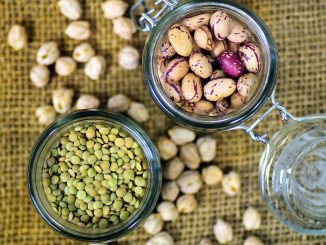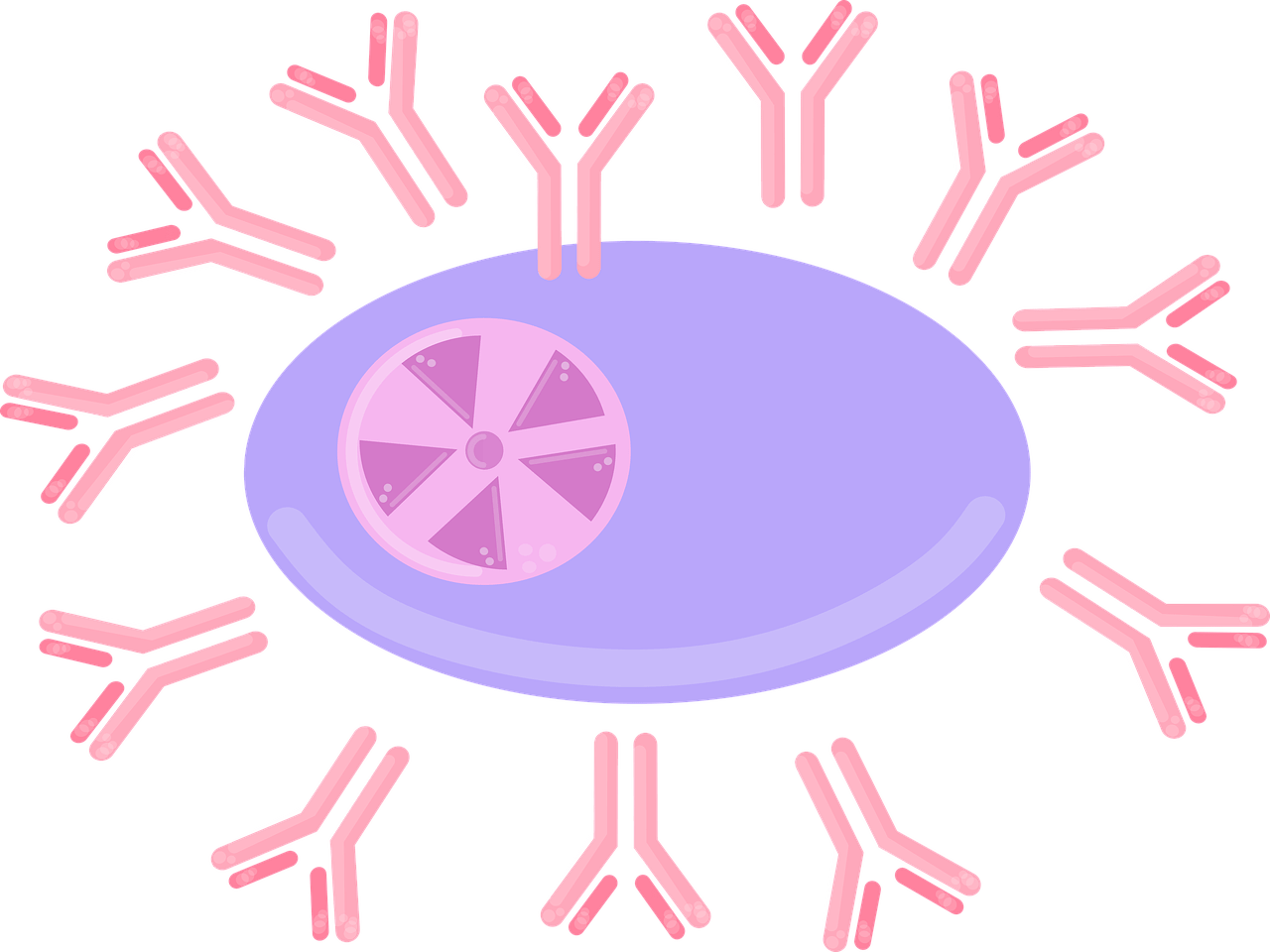
Polyketide Synthesis
Polyketide synthesis is a fascinating process, mainly occurring in microorganisms like bacteria and fungi, which produces a diverse group of secondary metabolites known as polyketides. […]

Polyketide synthesis is a fascinating process, mainly occurring in microorganisms like bacteria and fungi, which produces a diverse group of secondary metabolites known as polyketides. […]

Countercurrent solvent extraction (CCSE) is a widely used technique in chemical and biochemical processes for the separation and purification of compounds from complex mixtures. It […]

The Globus Platform is a cloud-based data management and collaboration platform designed to facilitate secure, efficient, and scalable sharing, access, and management of large-scale data. […]

The Human Reference Atlas Knowledge Graph (HRA-KG) is a specialized knowledge graph designed to integrate vast amounts of biological, clinical, and molecular data about human […]

Transfection is the process of introducing foreign nucleic acids, such as DNA, RNA, or oligonucleotides, into cells. This technique is widely used in molecular biology, […]

Indium plays a significant role in the biotechnology industry, particularly in areas such as medical imaging, diagnostics, and targeted therapy. The uses of this element […]

Bioactive peptides have many functional benefits and some of them are proving to be extremely useful as food and pet food ingredients as well as […]

Processed pseudogenes are nonfunctional copies of genes that arise from reverse transcription and integration of mRNA transcripts back into the genome. Unlike typical gene duplications, […]

A knowledge graph is a structured representation of information that maps out relationships between concepts, entities, and data points in a way that’s easily interpretable […]

Adeno-associated viruses (AAVs) are small, non-enveloped viruses that belong to the family Parvoviridae. They are named “adeno-associated” because they were originally discovered as contaminants in […]

Protein purification is a fundamental step in biochemical research, biotechnology, and pharmaceutical development, enabling the isolation of specific proteins from complex mixtures. Among the myriad […]

Vascular tissue engineering has emerged as a promising field within regenerative medicine, aiming to address the challenges associated with cardiovascular diseases and organ transplantation. The […]
![DNA. Nucleic acid purification. Okazaki fragments. PCR (digital PCR [dPCR], multiplex digital PCR, qPCR), DNA Repair, DNA Replication in Eukaryotes, DNA replication in prokaryotes, DNA barcoding](https://foodwrite.co.uk/wp-content/uploads/2016/11/dna-geralt-pixaby-03539309_640-326x245.jpg)
Clustered Regularly Interspaced Short Palindromic Repeats, commonly known as CRISPR, has emerged as a revolutionary technology in the field of genetic engineering, holding the promise […]

Poison exons are specific exonic sequences within a gene that are alternatively spliced into pre-mRNA transcripts but introduce premature termination codons (PTCs) or disrupt normal […]

The genus Nocardia is a group of bacteria that belongs to the Actinobacteria phylum, encompassing a diverse array of species with unique characteristics and ecological […]

What Counts as a Medical Device A medical device is broadly defined as any instrument, apparatus, implant, software, material, or other article intended by the […]

Baculoviruses, a family of large DNA viruses primarily infecting insects, have emerged as valuable tools in biotechnology with diverse applications. Among these, the Autographa californica […]

Bispecific antibodies (bsAbs) represent a promising class of biopharmaceuticals that have gained significant attention in the field of medicine and immunotherapy. These innovative molecules are […]

Understanding the function of proteins is paramount in elucidating biological processes and developing targeted therapeutics. An essential aspect of protein function is the identification of […]

Overview Scientific name: Cyberlindnera jadinii Former names: Candida utilis, Torula yeast Type: Unicellular yeast (a type of fungus) Characteristics: Non-pathogenic and generally recognized as safe […]
Copyright © 2025 | WordPress Theme by MH Themes